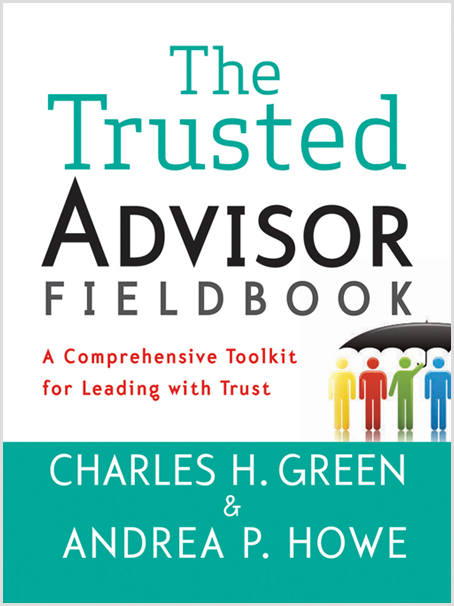This post is part of our Monthly-ish Tips series.

My mom turns 93 this week (go, Mom!) My interactions with her over the holidays reminded me of a critical lesson for those of us in the business of being influential. It’s what a mentor of mine once labeled, “Being committed, not attached.”
Mom has never liked to be rushed or pressured, and she likes it even less now that it takes her a little longer to get going in the morning, and to move from place to place.
This was evident in a big way in the face of scheduled gatherings over the holidays. More than once, when Mom felt compelled or “on the hook” to do something in the afternoon or evening, she called in the morning to cancel. And more than once it made a different outcome possible to say, “Of course Mom, do what feels right for you, though we’ll definitely miss you,” or “No problem, I’m sure so-and-so will understand and look forward to seeing you another time,” then give it a little time and revisit.
For the record, this was easier to write about than it was to do. And it was only effective when backing off was genuine and heartfelt.
Being attached to an outcome (like, Mom being at a certain place at a certain time on Christmas Eve) makes it really hard to give people the space they need to think and choose freely and clearly. That’s true for clients and buyers as well as mothers. Even if your intentions are golden, when you focus in on wanting something specific for them/from them/of them—because your idea is right, dammit … or your quarter is about to close … or the Big Family Dinner has taken many people many hours to pull together—your self-orientation is high. It becomes more about you than it is about them. And they can feel it, even if they can’t necessarily articulate it.
Being committed, not attached, means you are dedicated to something “bigger,” if you will (like, connecting meaningfully with family during the holidays) and therefore able to do two important things: (1) see a variety of pathways for achieving what you desire and (2) hold space in the face of hesitation or concerns or a “no”—those things that traditionally-trained salespeople call “objections.”
At the risk of getting even more woo-woo here, being committed, not attached alters your way of being. It frees you up, and that frees them up. They can be more candid about their reactions. They’re more likely to approach you rather than run from you. And if and when they do choose to be all in on a path forward, there’s a better chance they’ll be truly committed to it.
Those who know certain types of martial arts tell me this is akin to working with your opponent’s energy, rather than fighting against it. Kinda like Steve Jobs did when he validated someone who spoke publicly against him in a large forum by saying thoughtfully, “One of the hardest things, when you’re trying to affect change, is that people like this gentleman … are right …”
I’ve learned from Mom and others that being committed is never a guarantee that you get what you’re committed to. I’ve also learned that being attached is almost always a guarantee that some kind of suffering will ensue (like added holiday stress), and usually for all parties.
While it’s a heckuva lot harder, I like the odds of being committed a lot more. And I’ve got the recent memories of a Big Family Dinner with Mom to prove it.
Make It Real
This week, observe yourself in conversation with others. Pause to notice when you’re attached versus when you’re committed. What’s different about how you feel, and about how you’re interacting?
Learn More

Watch Trust Tip #3, “Get Off Your ‘S”,” from our friends at Trusted Advisor Associates, or brush up on what it means to have a trustworthy mindset when you’re negotiating in Chapter 26 of The Trusted Advisor Fieldbook.
Andrea Howe
Latest posts by Andrea Howe (see all)
- A lesson from my own trust “fail” in my first-ever client meeting - April 15, 2024
- Why choosing silence in the face of awkwardness can be a trust tragedy - March 21, 2024
- What NOT to do when you think you’re being ghosted - February 21, 2024
